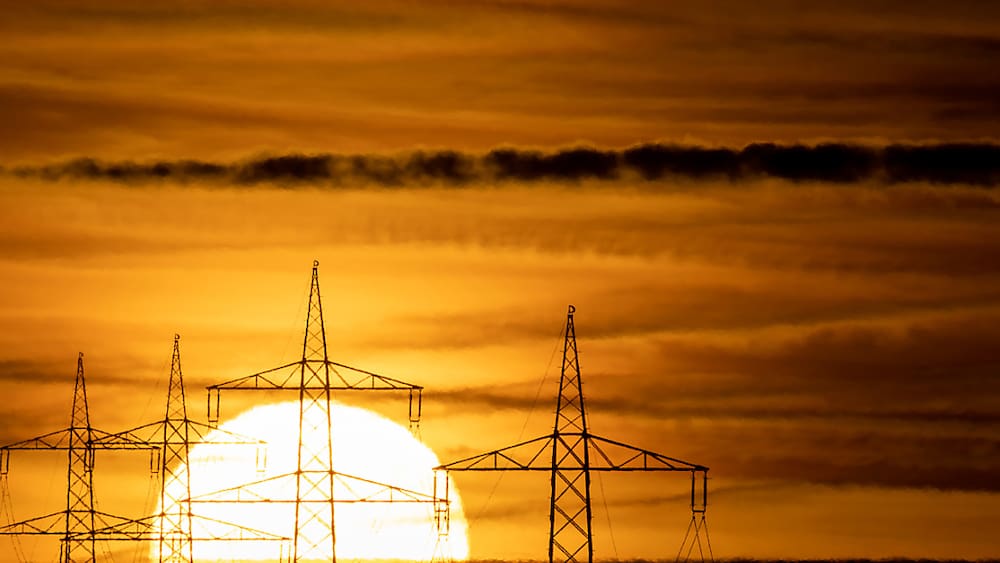Between 2005 and 2019, the so-called energy imbalance on Earth nearly doubled, researchers from NOAA and NASA said in the journal Geophysical Research Letters. This trend is primarily due to increased solar radiation absorbed due to reduced reflectivity from clouds and sea ice. At the same time, long-wave radiation from Earth to space, through which energy and, accordingly, heat are released, has decreased due to an increase in greenhouse gases in the atmosphere.
It is based on a sensitive energetic balance on the Earth: on the one hand, the Earth’s atmosphere and surface absorb the sun’s rays, and on the other hand, the Earth emits infrared rays into space. If both processes are in balance, then the energy balance is balanced. A positive energy balance means that the Earth is warming. As the oceans absorb about 90 percent of this excess energy, the waters in the seas are warming.
However, energy imbalance can also be affected by natural factors. According to scientists, the Pacific Nodes (PDO) may have a role in particular. However, the surface water temperature in the Pacific Ocean is changing dramatically – a particularly warm phase, as between 2014 and 2020, contributes to the fact that the Earth absorbs significantly more solar radiation.
“It’s probably a combination of human motivation and internal change (on Earth),” said study leader Norman Loeb. Human and natural factors combine to create “a rise in temperature that is causing a major change in the energy imbalance on Earth. The scale of the increase is unprecedented.” Loeb stressed that the study is only a snapshot of long-term climate change and that it is not possible to predict with any certainty what the Earth’s energy budget may look like in the coming decades. (SDA)

“Typical entrepreneur. Lifelong beer expert. Hipster-friendly internet buff. Analyst. Social media enthusiast.”






More Stories
Pedro Sanchez is considering resigning after filing a complaint against his wife
Extreme heat warning in Thailand and the Philippines
Argentine President Miley announces a budget surplus – News